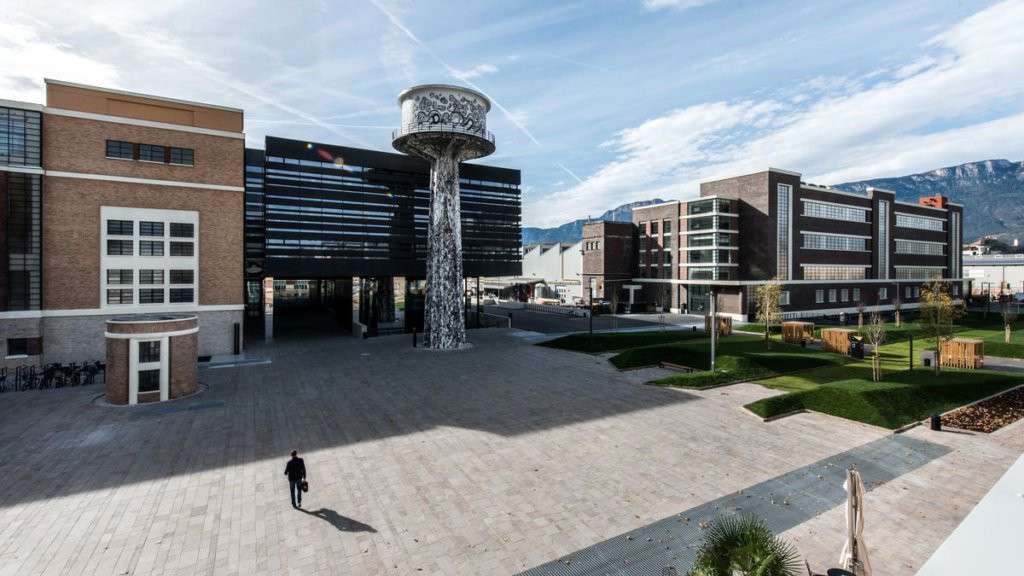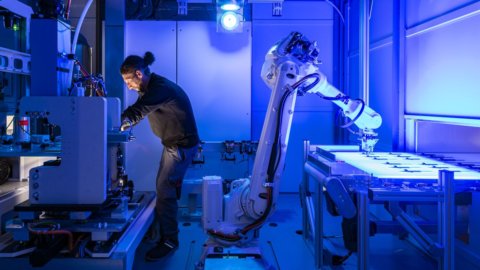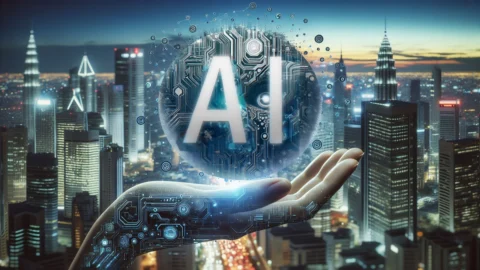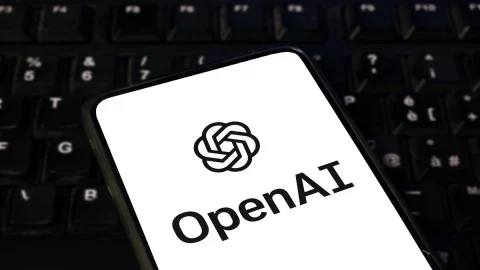Among the many Italian districts of excellence there is one that more than any other acts as a bridge to the German locomotive and where a good portion of the ecological transition and mobility of the future will be played out: the automotive industry in South Tyrol. To the WE Techpark in Bolzano, the capital of a small area where 1/3 of all Italian car components are manufactured, talking about electric cars already sounds like something of the past. The present is autonomous driving (not far from here, in Merano, the first 100% electric and 100% autonomous bus in Italy has been experimented for two years), the future is hydrogen. “The real theme of the ecological transition – he tells us Vincent Mauroit, the Director of Innovation Management & Tech Transfer of the innovative center inaugurated in 2017 and entirely financed by the Autonomous Province of Bolzano – is energy storage. Hydrogen is the best method for storing clean energy, even though it costs more than lithium batteries for now. But it's lighter, it's easier to transport and it's ideal for heavy vehicles, which have the most impact on the environment”.
Italy has included green hydrogen, i.e. the one obtained through the electrolysis of water in special electrochemical cells powered by electricity produced from renewable sources, at the center of the Pnrr: a share of resources equal to 400 million euro to projects that only use green hydrogen. A commitment for now on paper, while at the NOI Techpark it has already been set up an ecosystem that does applied research, thanks to the interaction between companies, start-ups, research institutes (the reference one is Fraunhofer), organizations such as Klima Haus (the Energy Agency of South Tyrol) and universities, not only in the automotive but also green sector, food and digital. “Here for example – explains Giuseppe Salghetti, spokesman for the CEO Ulrich Stofner – we have the first simulator of human digestion supplied to a university, and we work with companies such as Loacker, Barilla, Bauli. We have accelerated the Flying Basket startup, which develops drones capable of transporting goods up to 130 kg and which could revolutionize e-commerce".
Or again, returning to the automotive sector, the British group of components GKN has chosen South Tyrol to experiment a new method of hydrogen storage, turning it into a solid metal hydride. “We are in contact – adds Mauroit – with a company whose name I cannot reveal yet, to test and validate a hybrid battery to power high-end sports cars. Its founder is to be considered the Italian Elon Musk but here we are beyond Tesla, it is a question of producing the fate of electric Lamborghinis. This battery will surpass lithium: it is a mixture of solid state, which has more capacity and less weight than a classic battery, and super capacitor".
The name of the Techpark, NOI, is the acronym of Nature of Innovation: “In a double sense: obviously sustainable innovation, but also the ability to adapt”, Salghetti tells us. That is why this 11-hectare park is being built progressively, in modules as they are financed. First the project, then the dedicated space: this is the philosophy of a place in which the Autonomous Province of Bolzano has already invested almost 200 million in four years, a monstrous figure when compared to Italian national parameters and from which the territory benefits employment, training and related industries. And which is also a gem of industrial archeology: in the fascist era in fact the area housed the Alumix plants, the company that produced two thirds of the national aluminum and of which the sheds where the energy was transformed have been preserved. Today these pavilions house offices and laboratories within which about eighty realities exchange knowledge. The architecture is a masterpiece of the Bauhaus movement and recalls the classic slogan of the past merging with the future.
The future also lies in the new center under construction in Brunico, which will be an offshoot of the NOI entirely dedicated to mobility: "It will be ready at the end of 2022 - says Mauroit - but even here we are first thinking about what we really want to do: just automotive or mobility 360 degrees?”. Surely a pool of skills will be created which will make South Tyrol more and more the linchpin of the Italian auto industry, with its head turned towards the German-speaking world. In particular, a hydrogen accumulator powered by photovoltaic energy will be tested in Brunico. “South Tyrol – adds Salghetti – can play an important role in the production of clean energy itself. Above all through hydroelectricity: today we produce it twice our local needs, so we also feel the need and the opportunity to recover this surplus and store it”.

But what is the state of the art of sustainable mobility in Italy? “The Merano experiment is proceeding well – answers Mauroit -, but it was designed above all for demonstration purposes, for show the public that it is safe. I also want to point out that he hasn't caused any job losses, because by law the driver is still on board to check that everything is going well. But now we have to go further, look for new technologies. Given the characteristics of our territory, we are participating in a European tender worth several million euros with the Smart Alpine Mobility project. Here only 0,19% of the territory is flat, so we are more interested in other developments than city experimentation".
For example, that of last-mile transport, which according to Mauroit will be the first real opportunity to apply autonomous driving on a large scale: "Then personal use will also come, also because the forecasts tell us that the car market will lose its by virtue of the self-driving car in the form of car sharing, especially in large cities where most of the world's population lives. First, however, will come the logistical use, through self-driving electric shuttles that we are preparing to experience in our park and in the surrounding streets”. But is Italy ready, from an infrastructural point of view? Recently, Minister Giovannini hypothesized a 2040 deadline to ban the registration of diesel or petrol cars. Within days, Europe will launch the climate package that could bring this conversion forward to 2035, under pressure from the more virtuous countries. Norway, for example, will ban heat engines in 4 years.
“Italy – replies Mauroit – is behind on the columns, but I believe that if a date is set then everyone will be ready, because it will necessarily have to be done. In South Tyrol we are already moving forward and within 2-3 years we will install on the Brenner motorway hydrogen recharging stations every 100 km. The A22 is crossed above all by heavy vehicles that commercially connect us with Germany (import-export alone on the German axis is worth almost 6% of the national GDP, ed), and hydrogen is the ideal propeller for those vehicles” . Waiting for the Brenner tunnel, one might add, which will make this fundamental commercial synergy even greener by moving part of the transport to rail: the vehicles circulating on road, which today are around 3 million a year, will drop according to estimates to 2,8, 2039 million in 2031, i.e. with the tunnel now fully operational (it should be ready no earlier than XNUMX).
Mauroit adds, referring to the Norwegian figure, that “it is easier for countries that do not have an automobile industry to anticipate the timing of the transition. In countries like Germany and Italy, behind the car there is an entire production system to be converted and a national electricity grid to be balanced, to support the traffic of millions of electric vehicles. The big issue that is rarely talked about is that Italy has a network of SMEs of excellence in the car sector, I am also thinking of the Emilian Motor Valley, which however risk finding it difficult to convert. To manufacture an electric car, 80% fewer parts are needed than for a traditional car. Many suppliers are afraid of disappearing, this also slows down the transition”. Not to mention that today the car market itself is forecast to decline, after reaching 90 million cars sold annually worldwide. Hydrogen is currently not very competitive, but for Mauroit it is only a matter of timeo: “At the moment a battery like that of a Tesla Model 3 costs 200 dollars per KWh. Hydrogen is even more expensive, but we are at the beginning and we will arrive at a competitive price. It must also be said that the process for obtaining hydrogen is more complex and at the moment energetically expensive, in turn".
There is one more thing that makes an innovative center that is located in Italy so un-Italian: in 2023 the Faculty of Engineering of the Free University of Bolzano makes its debut within the NOI Techpark, which paradoxically did not yet exist in such an ecosystem. “We import talent from outside – explains Salghetti – but the problem is that our kids instead go to study abroad, especially in Austria or Germany, and end up staying there because after their studies they find better professional conditions and better pay. By training them at home we would have a better chance of keeping them." It being understood that innovation is by definition a pooling of skills from all over the world, with repercussions and benefits for everyone, in South Tyrol they have also thought about this: avoiding the brain drain.




